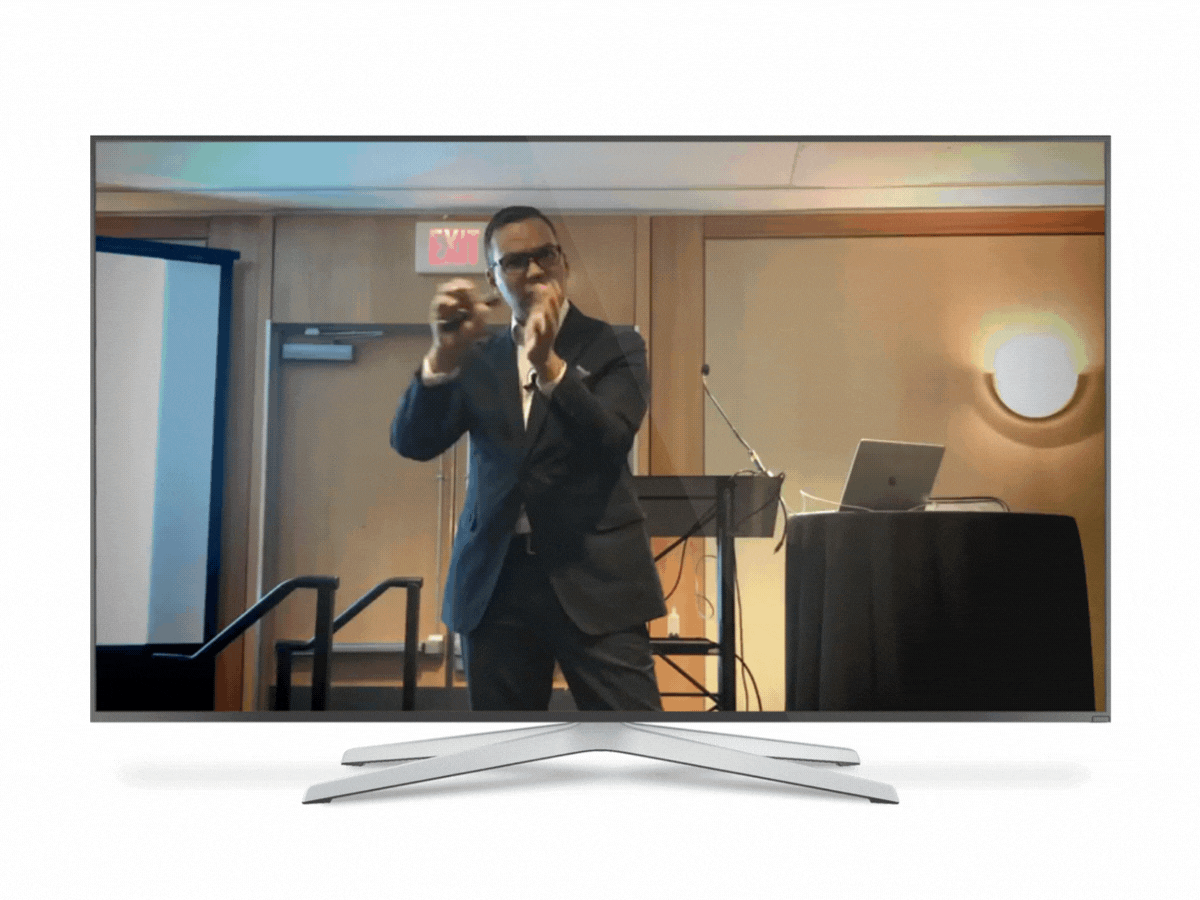Nonprofit governance is essential. Above all, it ensures all staff have a responsible code of conduct and ethical guidelines. Although, it’s easy to confuse so many different nonprofit governance models. Keep reading to discover the differences between the Traditional, Policy (Carver) and Complementary Models of Board Governance. Similarly, make sure to check out our comprehensive and easy-to-read chart below too!
Also Read:
- 6 Tips for Dealing With an Indecisive Board
- 5 Critical Reasons To Start The NPO Bylaw Review Process Today
- Beyond Carver: The Complementary Model of Board Governance
What is Governance?
Whether you run a for-profit business, a nonprofit association, a nation, or even a household, every decision is made through the lens of established roles, rules, and practices. This process is called governance, the proper administration of designated policies to achieve an overarching mission and purpose.
As a result, one of the critical elements of governance is deciding how to delegate decision-making power among various organization members. Within a nonprofit association, those members include the nonprofit board management, staff, volunteers, directors, executives, and committee members.
What is Nonprofit Board Governance?
Nonprofit board governance is unique in that the members of a nonprofit mostly focus on both the association’s viability and the social impact and mission. As a result, accountability and strategic planning are an important part of the governance process, as is the determination of responsibility and authority.
Download our easy board performance self-evaluation form
What is a Board Governance Model?
A nonprofit governance model delegates how people in authoritative positions hold themselves accountable to stakeholders. Most nonprofit governance models focus on ethics, integrity, and a responsible code of conduct for all leaders, volunteers, and workers.
Operational Board vs Governance Board: What’s the difference?
The difference between an operational board and vs governance board is that the former helps to do the work and organize day-to-day activities within the conditions defined through governance. In contrast, a governance board sets objectives and makes decisions that guide people toward achieving the overall goals.
Using Sociocracy in Nonprofits
Sociocracy, also known as Dynamic Governance, is an emerging non-authoritarian organizational structure that empowers people to make decisions within their work area to foster trust and effective decision-making.
The overreaching idea of the governance theory is to “create psychologically safe environments and productive organizations.” As such, many nonprofits find that sociocracy helps them with values-aligned governance, achieved by applying circle structures to their organization (interconnected committees with a particular area of decision-making responsibility.)
Overall the system seeks to balance effectiveness with an equivalence of voice by empowering the group rather than the individual.
Comparing 3 NPO Governance Models
Keep reading to discover the differences between the Traditional, Policy (Carver) and Complementary Models of Board Governance below:
1. Traditional Model of Board Governance
The traditional governance model has been in practice for over 75 years and is still often used as the foundation for determining governance in many nonprofits, especially smaller ones. As a result, the board is responsible for strategic planning, budget, policies, and committees’ oversight. Similarly, they delegate most day-to-day responsibilities to the Executive Director, who they are responsible for hiring. In this governance model, staff, volunteers, executives, and committees report back to the board. Overall, the model is also known as a working board.
2. Policy Governance Model (Carver Board Governance Model)
Dr John Carver introduced the Carver Policy Governance model to answer some of the weaknesses of the traditional model. In the Carver model, the board focuses on determining the overarching policies of the organization, the “ends.” At the same time, responsibility is delegated to the CEO and other members to establish the “means” or the implementation of the policies.
However, the board is only responsible for hiring the CEO and establishing executive limitations. The CEO reports back to the board, but board meetings mainly focus on policy and executive-level performance.
Generally speaking, some organizations find this model to be too restrictive, leaving the board disengaged. Therefore, the Policy Board Model ends up being the extreme opposite of the Traditional Model of Board Governance.
3. Complementary Model of Board Governance
The Complementary Model provides Nonprofits with a modern governance alternative when neither the Traditional Model or the Policy Board Model (Carver) provide the best answer to the question: What is the most appropriate role for our Board of Directors and our Chief Executive Officer?
Tom Abbott – Co-founder AMC NPO Solutions
First introduced by AMC NPO Solutions (formerly known as Association Management Consultants) founder Thomas Abbott, the Complementary Model of Board Governance (Comp Model) focuses on ten principles, some of which are similar to the previous two models combine to create an effective and rewarding approach to governance.
The essential difference in the complementary model is that the board is responsible for governing and managing the nonprofit.
The Executive Director has the title of CEO and is held accountable to the board for the implementation of overall management, which removes confusion about management responsibility present in other governance models.
Overall, the lines are evident in the Comp Model, giving many organizations the clarity they need.
Also read: Discovering 10 Principles of Complementary Governance
Fundamental differences between Nonprofit Board Governance Models
Discover each model of board governance’s fundamental differences related to each aspect of your nonprofit organization below:

